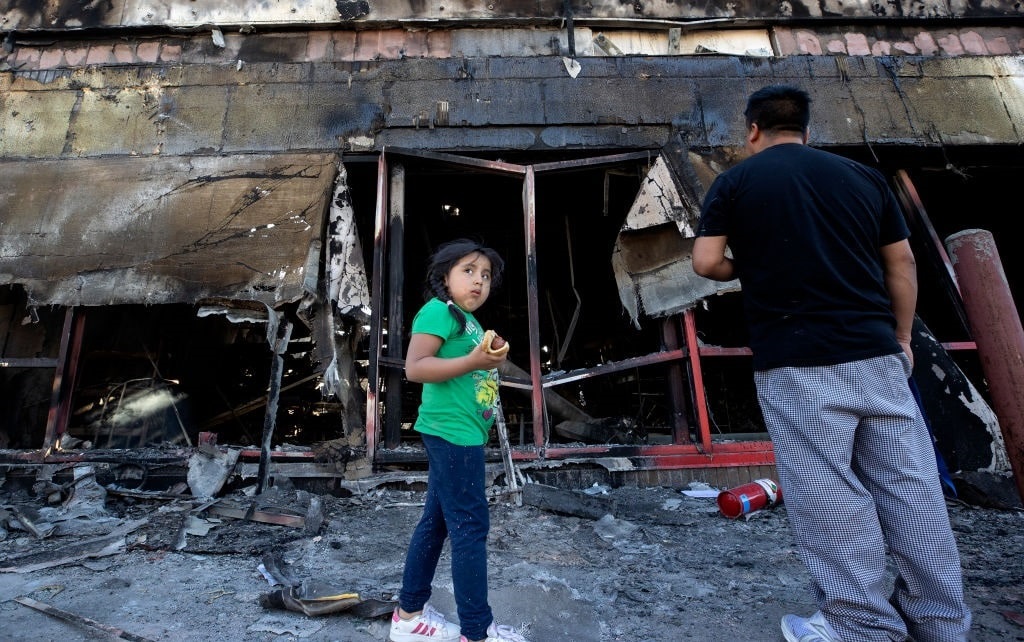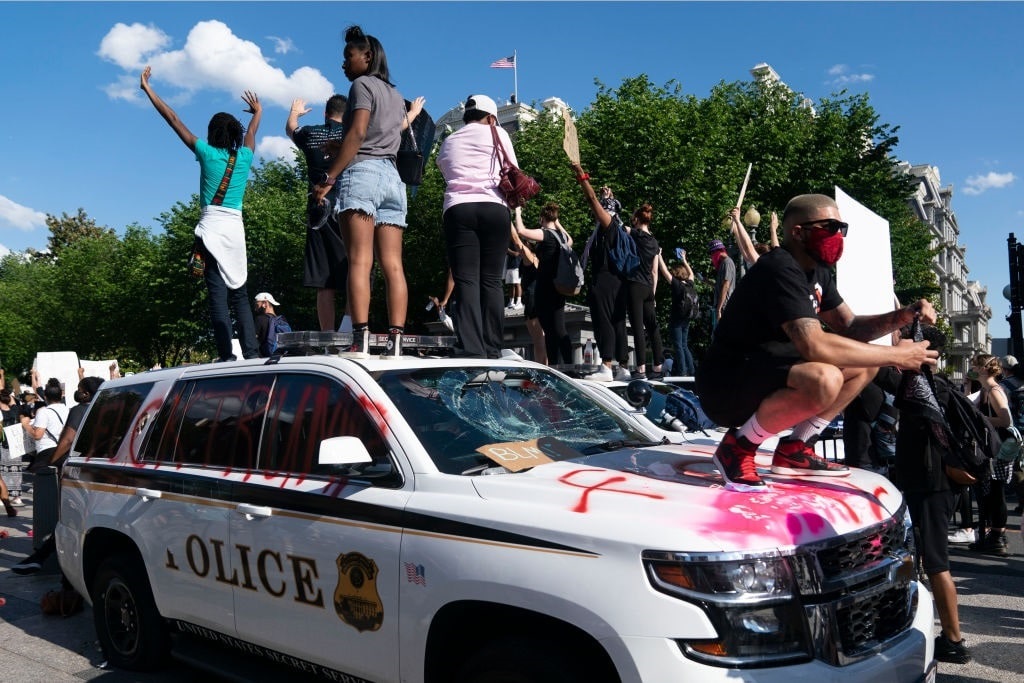Following the death of George Floyd in 2020, which sparked nationwide protests, city mayors took action by cutting police budgets and changing how officers handle crime. In the last few years, recent FBI data show the United States has witnessed an uptick in crime, particularly in the area of property crime, like motor vehicle theft and burglary. The reasons for the jump vary, but an essential component has been the social justice crusade on the part of officials, from the paucity of urban policing to elected progressives altering the law. Minneapolis businesses are getting fed up and taking the city to court.
The George Floyd Effect
In November, several stores in the vicinity of Floyd’s death, including a convenience store, a tobacco shop, and an investment firm, filed a lawsuit in state court and accused Minneapolis of not policing the area since the incident. Companies also asserted that the city blocked the George Floyd intersection with concrete barriers that have prevented customers from entering. The legal filing, which named Mayor Jacob Frey and other officials, purported that the combination transformed the area into a significant core for violent crime.
The lawsuit claims that police only answer serious calls and mostly avoid the area, with the claimants referring to the place as a “No Go Zone.” According to the court case documents:
“The mayor, the city, the city council, and the Minneapolis Police Department collectively agreed to severely limit police response in the barricaded area surrounding plaintiffs’ businesses. Criminals know the area lacks police protection, and they have now made the area so dangerous that it has become known as the ‘No Go Zone.'”

(Photo by Carlos Gonzalez/Star Tribune via Getty Images)
The enterprises are requesting approximately $1.5 million in damages. However, the city contends that it has offered a broad array of support tools for businesses, such as $1.5 million in forgivable loans for impacted companies in the George Floyd Square area. A spokesperson for Frey told the Associated Press that Minneapolis did “everything possible to open the street safely amid very tenuous circumstances,” adding that the city coordinated efforts so that “no one was hurt and the area remained safe for residents.”
Reading the Data
A new report by the Council on Criminal Justice found that shoplifting rates have fallen in Minneapolis and St. Paul, showing the Twin Cities had the second- and third-highest declines. At the same time, there was a decrease in retail theft from 2020 to 2021, a jump throughout 2022, and then another drop in 2023. By comparison, New York and Los Angeles led the way in percentage changes in shoplifting from January 2019 to June 2023, soaring 64% and 61%, respectively.
But before everyone celebrates, the organization noted that “because these data rely on reported incidents, they almost certainly undercount total shoplifting.” Moreover, the retail sector is ostensibly not confident about the statistics. The National Retail Federation appeared on Capitol Hill in October for Fight Retail Crime Day, supporting “legislative solutions to address organized crime.” The trade group has cautioned about “shrink,” a trend highlighting inventory losses driven by theft, operational errors, and systemic mistakes. In 2022, the entity’s annual retail security survey found that the shrink rate climbed to 1.6% of sales, or $112.1 billion, up from 1.4%, or $93.9 billion, in 2021.
In September, Target Corp. blamed worsening theft for its endeavor to shut down nine stores in four states. Target CEO Brian Cornell told analysts this past summer that worker safety was being threatened. “Our team continues to face an unacceptable amount of retail theft and organized retail crime,” Cornell said. “Unfortunately, safety incidents associated with theft are moving in the wrong direction.”
Soap Behind Lock and Key
The data can only explain so much. Across the social media landscape are videos of stores nationwide with a wide range of products behind lock and key, from deodorant to baby formula. Other media feature masked individuals stuffing bags with as many items as possible and exiting the building. Andre Persaud, Rite Aid’s chief retail officer, offered a glimpse of the future in a conference call with investors in December 2022: Transform brick-and-mortar locations into large vending machines and insert all merchandise behind plexiglass. Is this the future? Perhaps. However, substantial retail theft could push more vendors to the digital ecosystem, further hindering inner cities. The George Floyd Effect seemingly has many layers.




